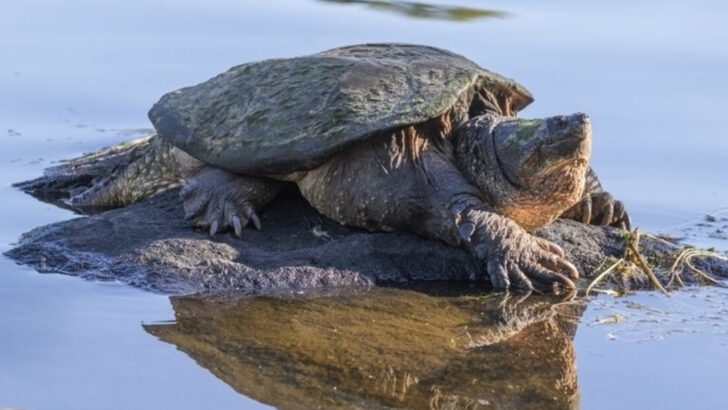They bite like a bear trap and wear armor like a medieval knight.
Snapping turtles aren’t just your average pond-dwellers—they’re prehistoric bruisers with jaws strong enough to crush bone and tempers that could scare off a crocodile.
These living fossils have been lurking in murky waters for millions of years, perfectly built for ambush, survival, and the occasional unexpected stroll across a golf course.
From worm-shaped tongues that lure fish to shells that shrug off predators, snapping turtles are part monster, part marvel.
If you thought turtles were slow, gentle, and boring… buckle up.
You’re about to meet the tank of the animal kingdom.
Ancient Survivors
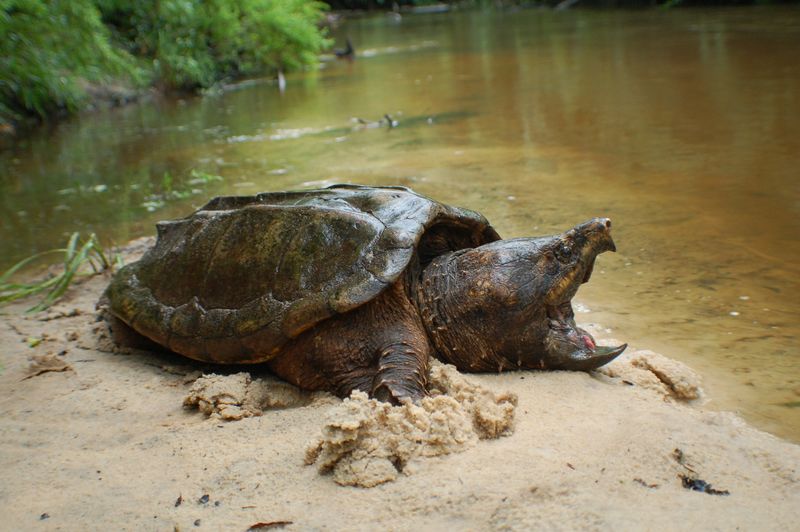
Snapping turtles have been around for millions of years, predating many modern animals. Their lineage dates back to the time of dinosaurs, showcasing their resilience. These ancient reptiles have adapted to various environmental changes, helping them survive when many others went extinct.
Their tough shells and powerful jaws are testaments to their enduring nature. Evolution has equipped them with survival skills unmatched by many. This ancient heritage is evident in their appearance, reminiscent of a time long past, making them living fossils of the reptilian world.
Powerful Jaws
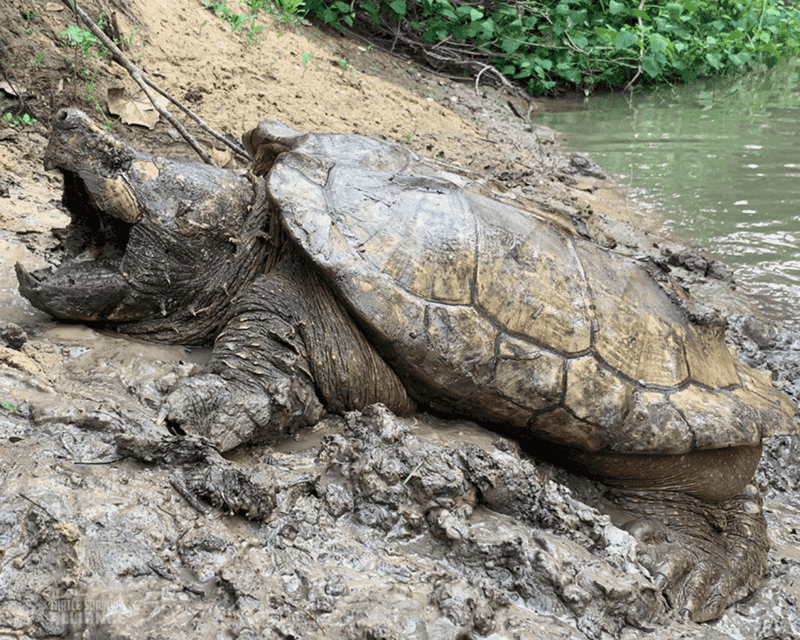
The jaws of a snapping turtle are its most formidable feature. Capable of exerting enormous pressure, their bite is surprisingly strong for their size. This strength is essential for catching prey and deterring potential threats.
Snapping turtles use their jaws not just for defense but also for feeding on a varied diet. From fish to plants, their diet is as diverse as their habitats. Their robust jaws are a marvel of natural engineering, perfectly designed for gripping and tearing, a crucial tool for their survival.
Ambush Predators
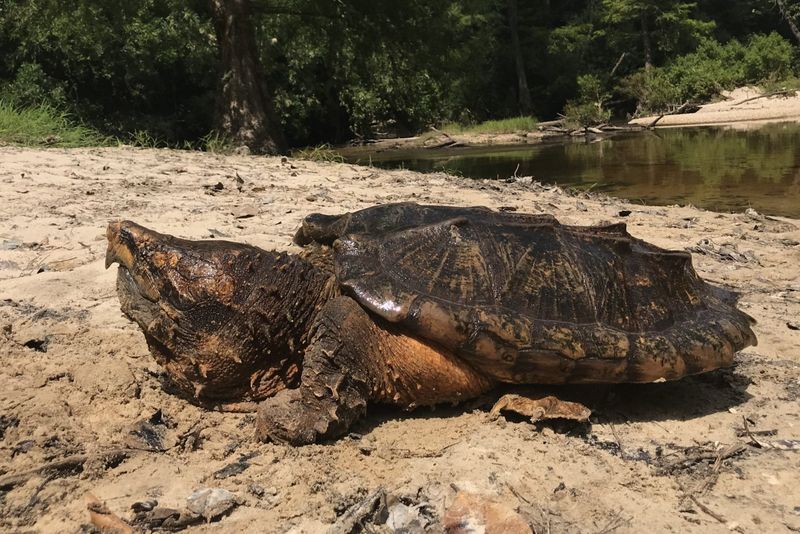
Snapping turtles are masters of ambush. Preferring to lie in wait, they blend seamlessly into their surroundings. This stealthy approach makes them effective hunters, surprising unsuspecting prey.
Their ability to remain motionless for hours is unmatched, showcasing their patience and cunning. By using their environment to their advantage, they can catch prey with minimal effort. It’s a strategy that has served them well over millennia, making them one of nature’s most efficient predators.
Remarkable Lifespan

Snapping turtles can live for decades, with some reaching over 100 years. Their long lifespan is a testament to their durability and adaptability. These turtles spend most of their lives in water, which helps them avoid predators and extreme climate conditions.
Their longevity allows them to mature slowly, with reproduction occurring later in life. This slow and steady approach ensures a stable population over time, contributing to their survival. Each snapping turtle is a witness to decades of environmental changes, a true testament to their resilience.
Unique Shell Design
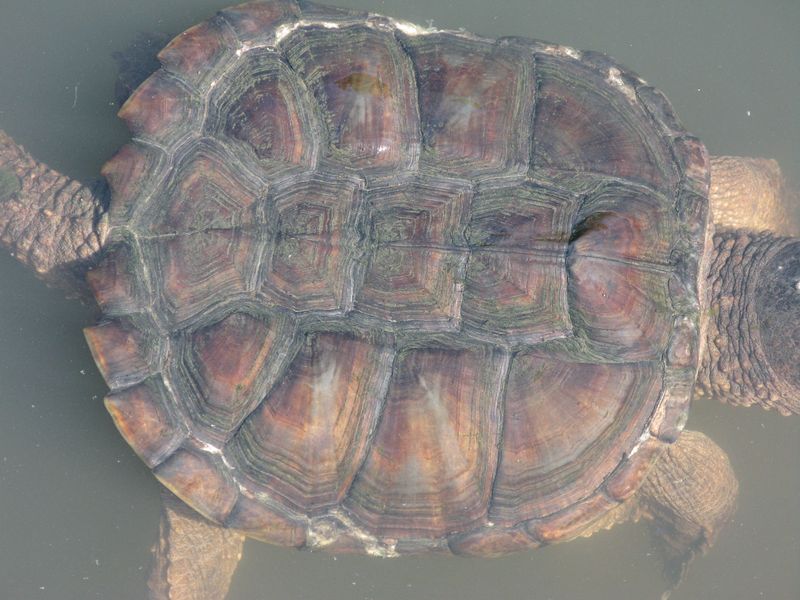
The shell of a snapping turtle is like a suit of armor. Unlike other turtles, their shell is rugged and less dome-shaped, providing protection and camouflage. This unique design helps them blend into muddy bottoms, making them less visible to predators.
Their shell is not just for defense; it plays a role in buoyancy and temperature regulation. The intricate patterns and rough texture are evolutionary adaptations, enhancing their survival in various environments. This natural armor is a key element in their ability to thrive across diverse habitats.
Aquatic Adaptations
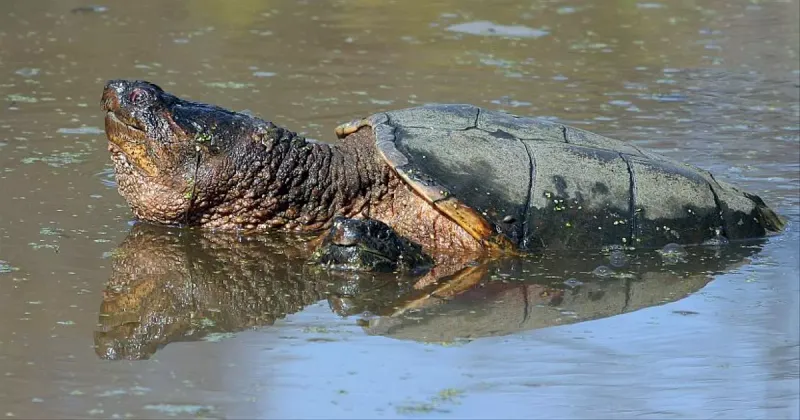
Snapping turtles are well-adapted to life in water. Their webbed feet and streamlined bodies make them efficient swimmers, allowing them to navigate through water effortlessly. These adaptations are crucial for their survival, helping them hunt and escape from predators.
Their ability to hold their breath for long periods is another aquatic advantage. By staying submerged, they avoid detection while observing their surroundings. These adaptations are a result of millions of years of evolution, perfectly tuning them to their preferred aquatic environments.
Varied Diet
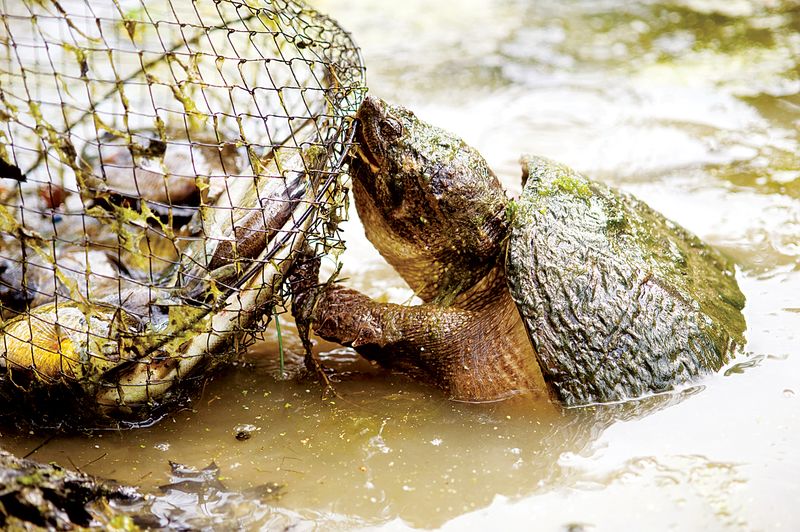
Snapping turtles are opportunistic feeders. They eat anything they can catch, including fish, insects, and even plants. This varied diet allows them to thrive in different environments, adapting to available food sources.
Their strong jaws help them tackle a wide range of prey, breaking down tough shells and bones. This dietary flexibility is one of the reasons they’ve survived for so long, showcasing their adaptability. From aquatic life to terrestrial forages, snapping turtles are skilled at finding sustenance in diverse habitats.
Solitary Creatures
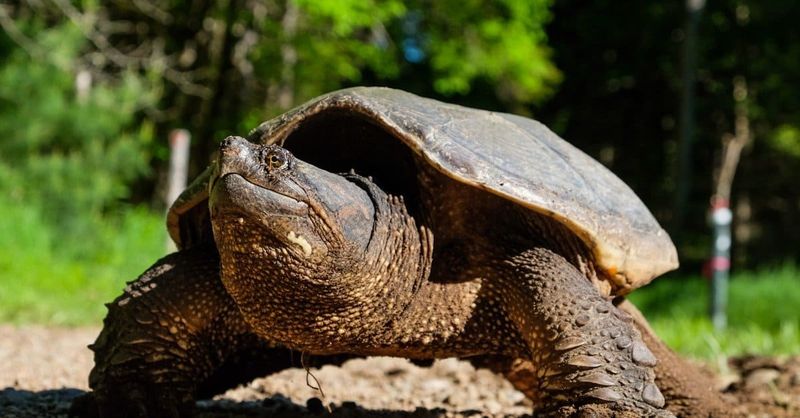
Snapping turtles are solitary by nature. They prefer to spend their lives alone, only coming together to mate. This solitary lifestyle reduces competition for resources, ensuring ample food and space for each individual.
Their territorial nature is evident in their choice of habitat, often fiercely defending their area from intruders. This independence is a survival strategy, allowing them to maintain control over their environment. Their solitary existence is a reflection of their fierce independence and adaptability.
Resilient Reproduction
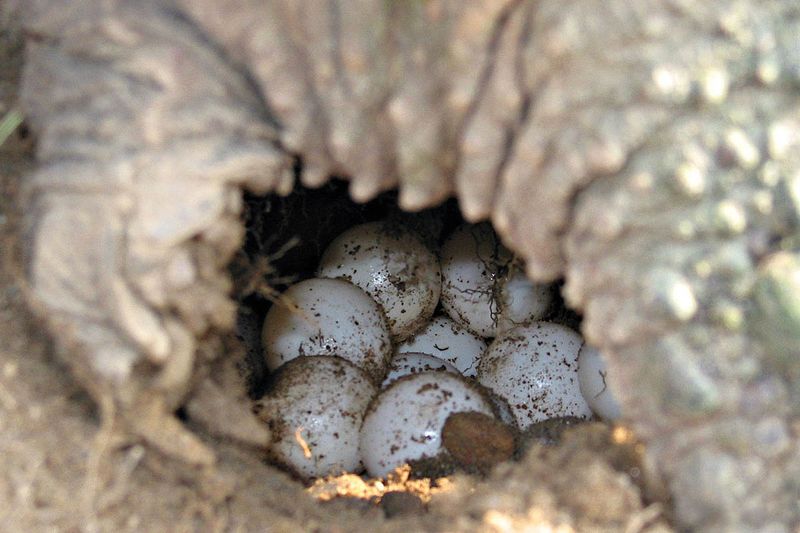
Snapping turtles have a remarkable reproductive strategy. Females lay numerous eggs, increasing the chances of survival for their offspring. These eggs are often laid in sandy nests, providing a warm environment for incubation.
The hatchlings are independent from birth, a crucial adaptation for survival. Despite high predation rates, this strategy ensures that enough young survive to adulthood. This focus on quantity over quality is a testament to their evolutionary success, ensuring the continuation of the species in challenging conditions.
Mythical Reputation

Snapping turtles have captured the human imagination, often appearing in folklore and myths. Their fierce appearance and behavior have earned them a fearsome reputation, making them figures of cautionary tales.
These stories often exaggerate their aggression, painting them as formidable creatures. However, in reality, they are shy and prefer to avoid conflict. This mythical status is a testament to their impact on human culture, highlighting their unique place in the natural world as both feared and revered creatures.
Temperature-Dependent Sex Determination
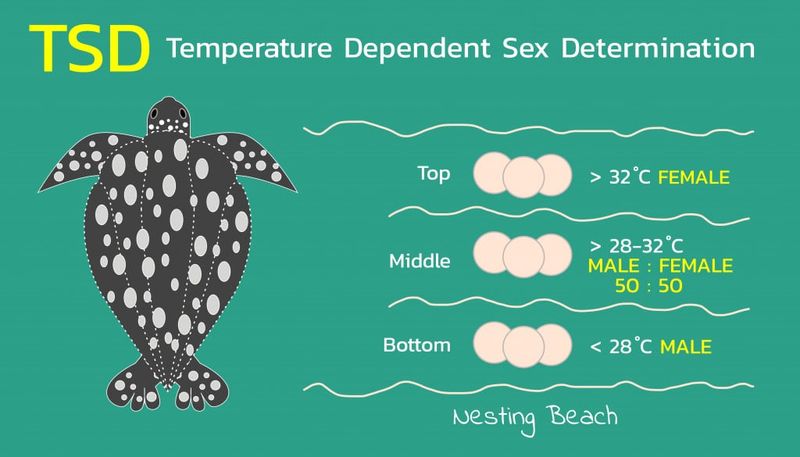
The sex of snapping turtle hatchlings is determined by the temperature of the nest. Warmer temperatures tend to produce females, while cooler ones produce males. This phenomenon, known as temperature-dependent sex determination, is a fascinating aspect of their biology.
This unique reproductive trait allows snapping turtles to balance sex ratios naturally. However, it also makes them vulnerable to climate change, as shifting temperatures can skew populations. Understanding this process is crucial for conservation efforts, ensuring the survival of these remarkable reptiles.
Environmental Indicators
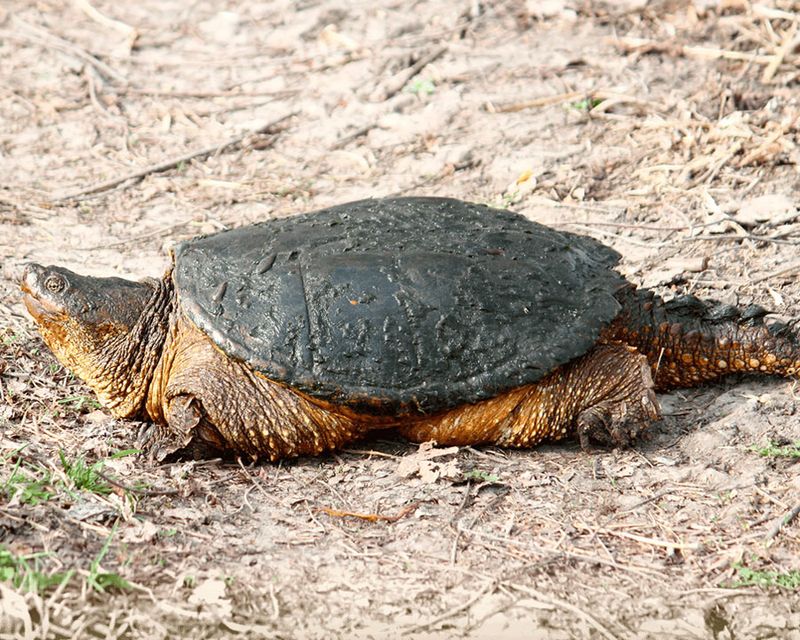
Snapping turtles are important environmental indicators. Their presence in a habitat signifies a healthy ecosystem, as they require clean water and abundant food. Scientists often study these turtles to monitor environmental changes and assess ecosystem health.
Their sensitivity to pollution and habitat destruction makes them valuable for conservation efforts. By protecting snapping turtles, we also safeguard their habitats, ensuring biodiversity. Their role as environmental indicators underscores their importance in maintaining ecological balance, highlighting their significance beyond just being fascinating creatures.
Playful Behavior
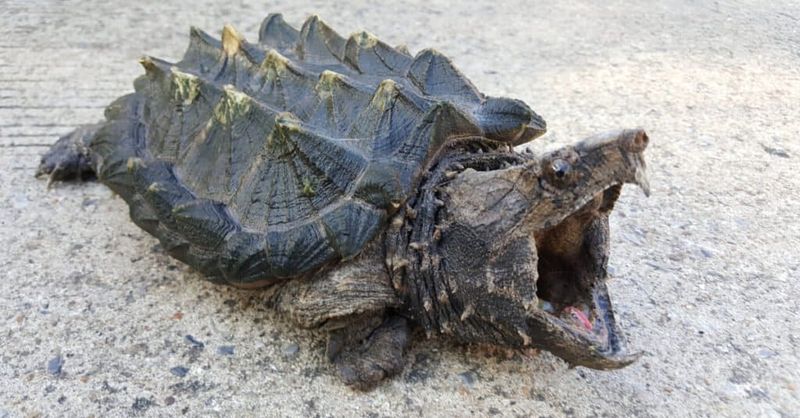
Despite their tough exterior, snapping turtles can exhibit playful behavior. Observations have documented them interacting with water plants and even engaging in what appears to be play. This behavior may be a form of stimulation or exploration.
Playfulness in animals is often linked to intelligence and adaptability, traits that snapping turtles possess. Their curiosity helps them navigate their environment, finding food and shelter. This playful side adds a new dimension to our understanding of these creatures, showing they are more than just fierce predators.
Culturally Significant
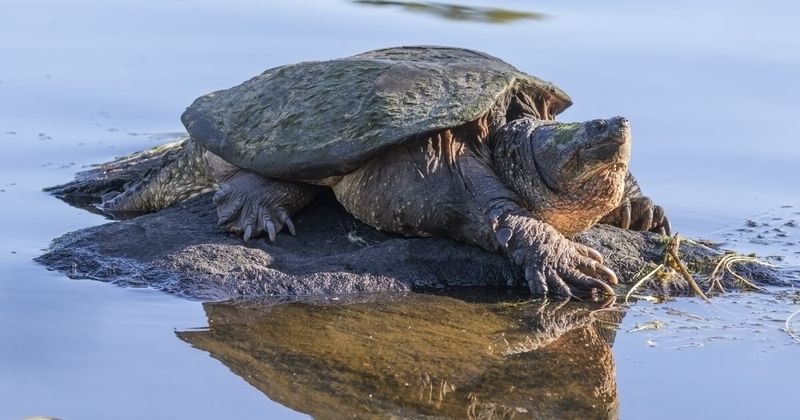
In many cultures, snapping turtles hold symbolic significance. Native American tribes, for example, have revered them in myths and legends, often associating them with creation stories. Their strength and resilience symbolize endurance and tenacity.
These cultural connections highlight the turtle’s role beyond the natural world, influencing art and tradition. Their enduring presence in human culture underscores their impact and the importance of preserving these magnificent creatures for future generations. They are not just animals but symbols of cultural heritage.
Adaptable to Change
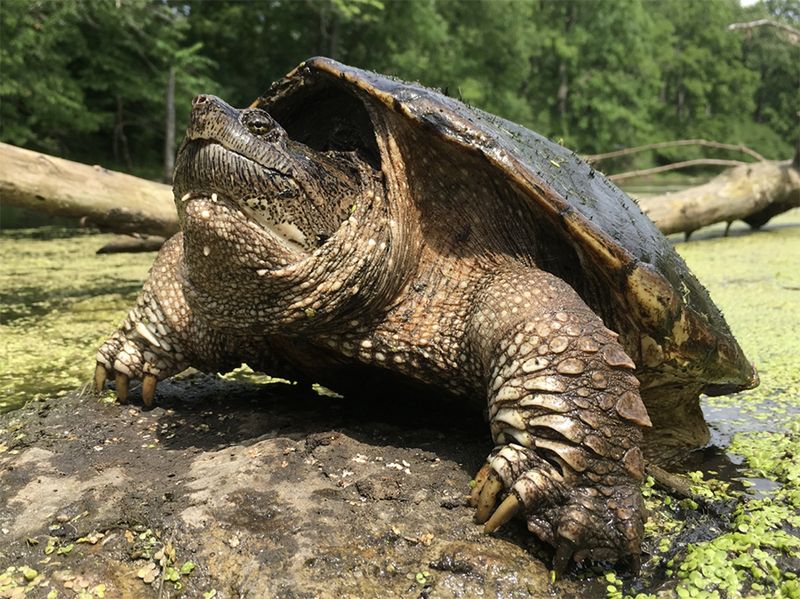
Snapping turtles are incredibly adaptable, thriving in various climates and environments. From swamps to rivers, their ability to adjust to changing conditions is remarkable. This adaptability is key to their survival, allowing them to inhabit diverse regions.
Changing seasons bring different challenges, yet snapping turtles manage to endure. This resilience in the face of environmental shifts ensures their continued existence. Their adaptability highlights the strength and resourcefulness that define them, making them one of nature’s most enduring inhabitants.

